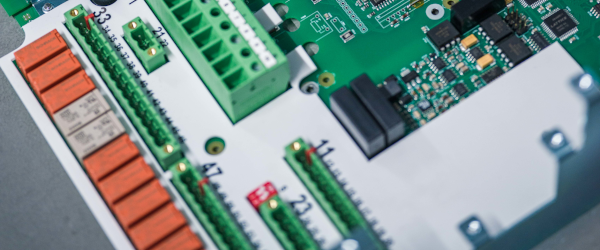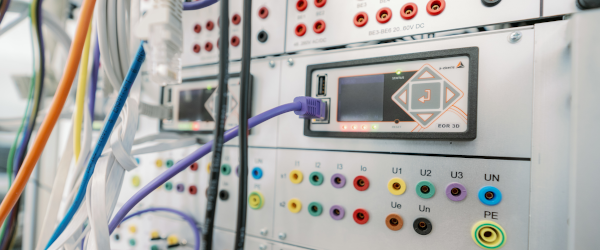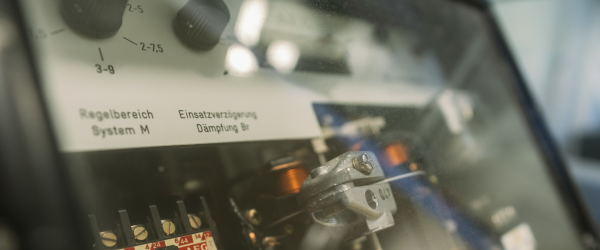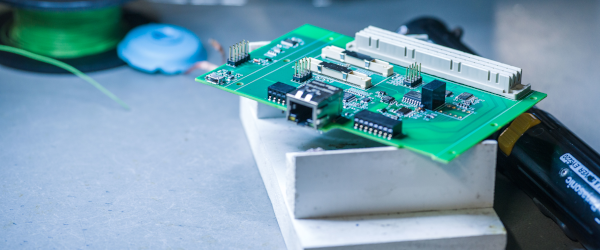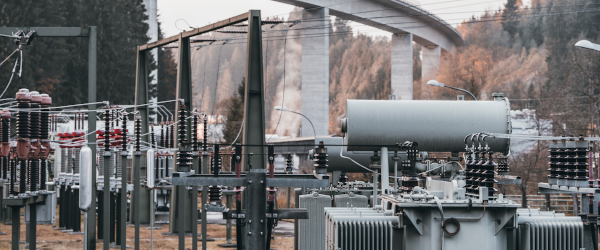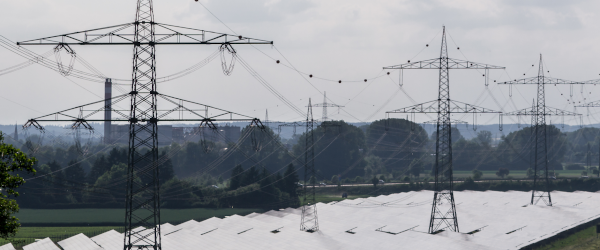The rule of thumb that with parallel operation of transformers the ratio of the rated outputs should not exceed the value 1 : 2 (in accordance with DIN VDE 0532), can serve as a rough guide only, because the actual criteria in this rule are not directly visible. In addition, the permissible ratio also depends n the state of the art, because in the last few decades the limit has still been considered to be 1 : 3. Overall, too much attention is attached to this rule, to which a certain arbitrariness adheres.
Conditions for safe parallel operation
A safer and more parallel operation of transformers is guaranteed only if their performance, i.e. whose rated outputs can be exploited fully and without overloading an individual transformer. There are two conditions to be met for this:
1) Equality in value, frequency and angle of the voltages because with inequality in these values a transient current flows in the parallel transformer windings.
2) Equality of the relative short-circuit impedances of the transformers (magnitude and angle), so the proportion of the network load for each transformer is proportional to its rated output.
The transformers’ primary side must therefore be at the same voltage, and the voltages on the secondary side must each have the same value and the same angle. For the characteristics of transformers this means:
- the same switching group characteristics
- the same transfer ratios
- the same relative short-circuit impedances
The rated power
For voltage regulation with parallel operating transformers no further claims are made.
The rated output, the most important characteristic of the transformer, has superficially in connection with the parallel operation no importance. However, taking into account economic considerations, according to the “laws of growth” of the transformers, for a given power rating there is inevitably a certain value for the relative short-circuit impedance and the relative magnetization current. Thus, there is ultimately a relationship between the rated output and the values of the two variables. The quantitative relationships, however, change with the value of the rated output (see table).




